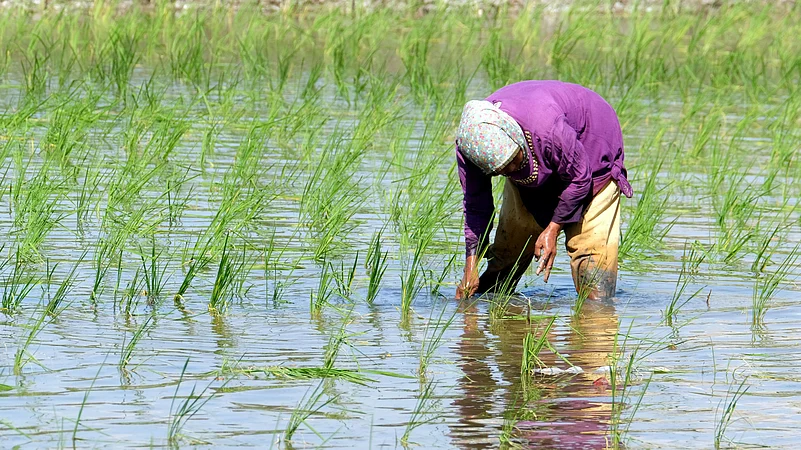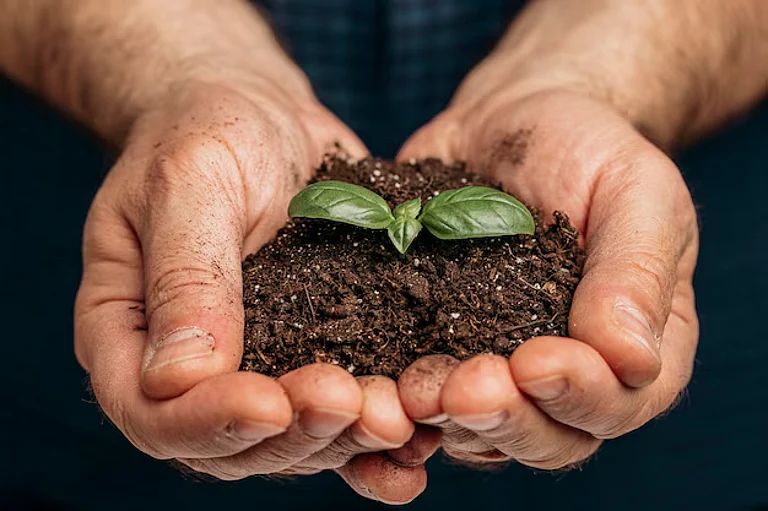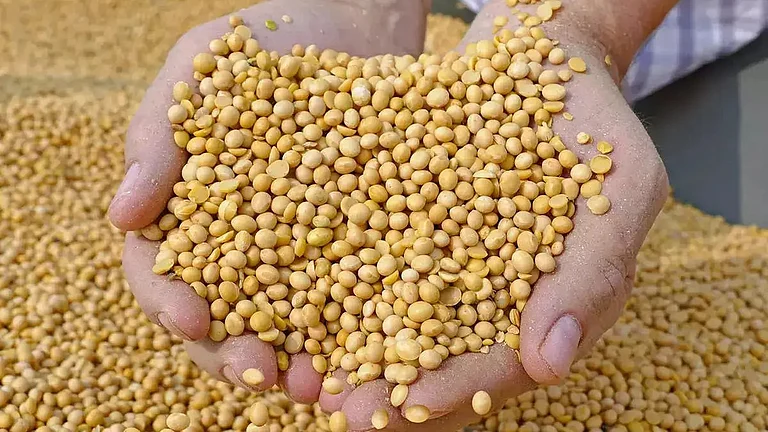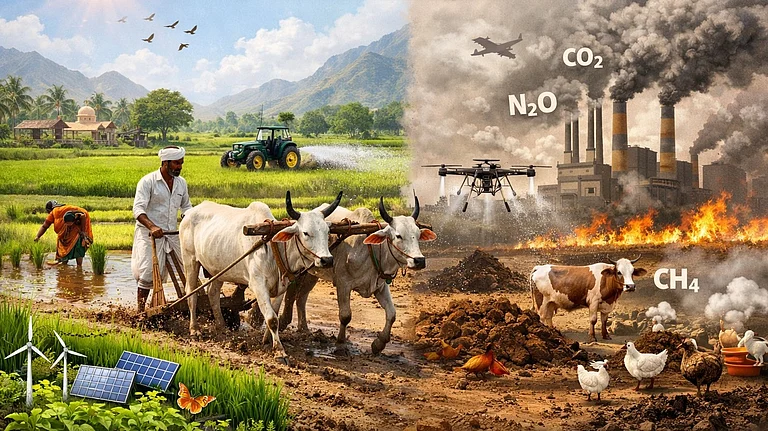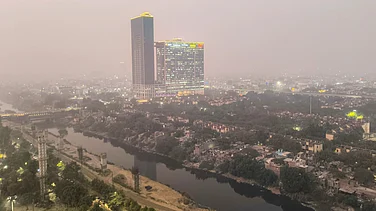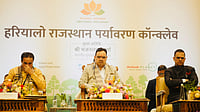Indian agriculture, which supports 43% of the country’s work force and contributes around 18% of its GDP is undergoing a transformation. Excessive reliance on chemical fertilisers, pesticides and intensive water use have led to widespread soil degradation, water scarcity and declining crop yields. Indian agriculture faces the risk of erratic rainfall, extreme weather events and deteriorating soil health and crop productivity — all of which have manifested.
Regenerative farming refers to the approach of farming that prioritises soil health, biodiversity and restoration of ecosystem. Regenerative farming goes one step beyond organic farming, which focuses on maximising short-term yields by minimising the use of chemicals in the form of pesticides, regenerative practices such as minimal soil disturbance, cover cropping and crop rotation reduce dependency on external inputs and enhance long-term resilience.
What India’s 2025 Budget Did for Farmers
Notable announcements include Prime Minister Dhan‑Dhaanya Krishi Yojana, launched to boost productivity in 100 low-performing districts, aimed at aiding 17 million farmers with credit, irrigation, storage and crop diversification. Six‑year “Mission for Aatmanirbharta in Pulses” funded at ₹1,000 crore, focusing on tur, urad, masoor, with guaranteed procurement through NAFED and NCCF. A new urea plant in Assam has been announced to enhance fertiliser availability.
Expanded rural credit access and targeted productivity schemes is expected to benefit 1.7 crore farmers by enhancing agricultural productivity. Budget increased support for seed research and resilience—109 high-yield and climate-resilient seeds have also been planned.
“The recent budget makes it clear that India's food systems are at a critical juncture. Climate variability and water scarcity significantly impact agriculture, necessitating investments in sustainable practices such as low methane emission certifications, regenerative agriculture and climate-resilient crop varieties. These initiatives reduce greenhouse gas emissions and enhance agricultural resilience, aligning economic policies with climate action to ensure sustainable food systems, safeguard farmers' livelihoods, and secure future food security. The urgency of this situation cannot be overstated,” Maarico Baruah, Policy Manager, Food Systems India told Climate Group.
Why Change is Urgent
According to The CSR Universe, over 30% of India’s soil is classified as degraded and agriculture consumes 91% of its freshwater, contributing heavily to groundwater depletion. What adds to the gravity of the issue is that Indian agricultural sector accounts for over 22% of global greenhouse gas emissions, primarily due to unsustainable livestock and rice cultivation practices, according to a 2024 study published in the journal, Carbon farming in India: Issues, opportunities and challenges. Implementing regenerative practices, through improved soil organic carbon and water retention can help restore the fertility in the soil in the long run.
There are still challenges in the way of implementing change on the ground, even though private companies, startups and the government are helping to teach farmers regenerative techniques and technological tools like AI-driven soil sensors are assisting in monitoring soil health.
Due to subsidies that continue to favour conventional farming inputs, farmers face significant upfront costs, limited access to infrastructure and training and policy obstacles. Nonetheless, regenerative agriculture has long-term advantages, especially for India's 86% smallholder farmers, including increased yields, lower input costs and access to carbon credit markets.
While vital initial steps have been taken towards carving a future for climate resilient agriculture, further steps are needed to make regenerative farming central to India’s food security and climate strategy.






